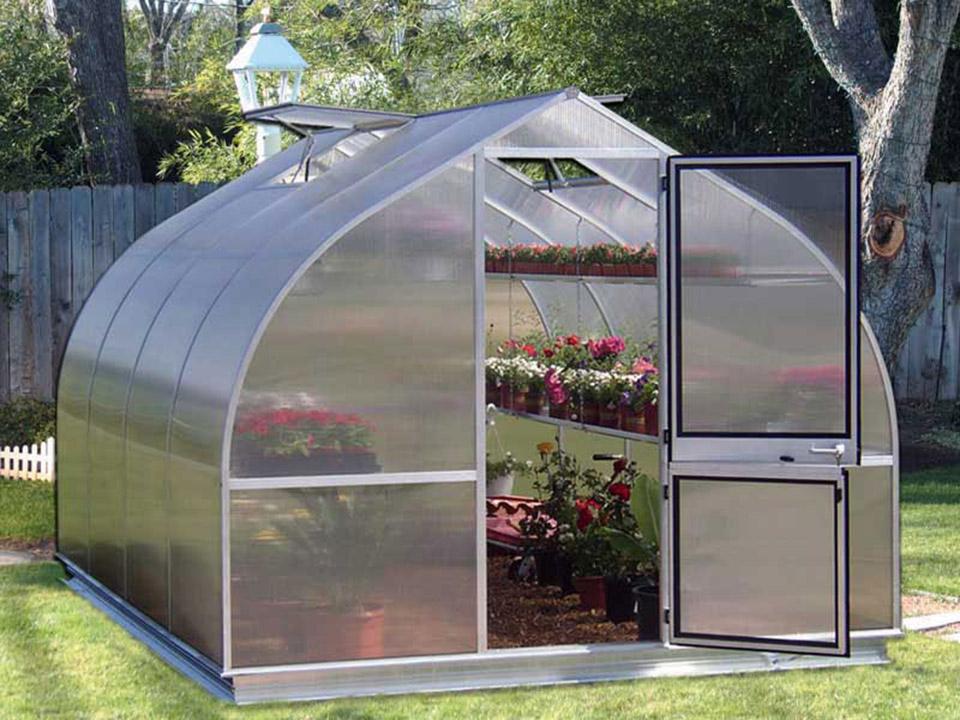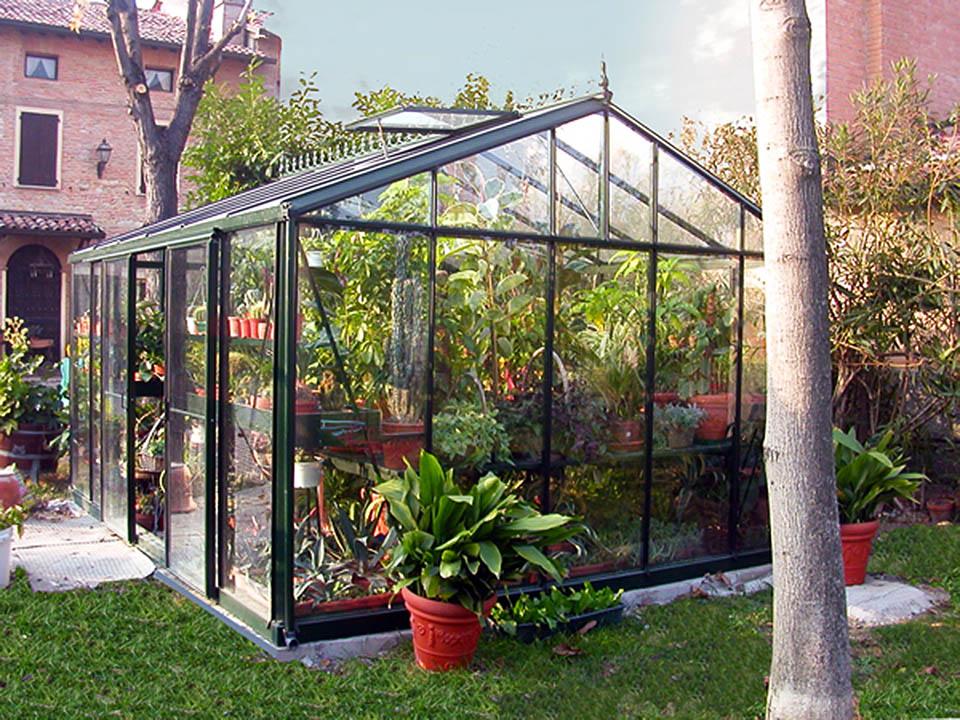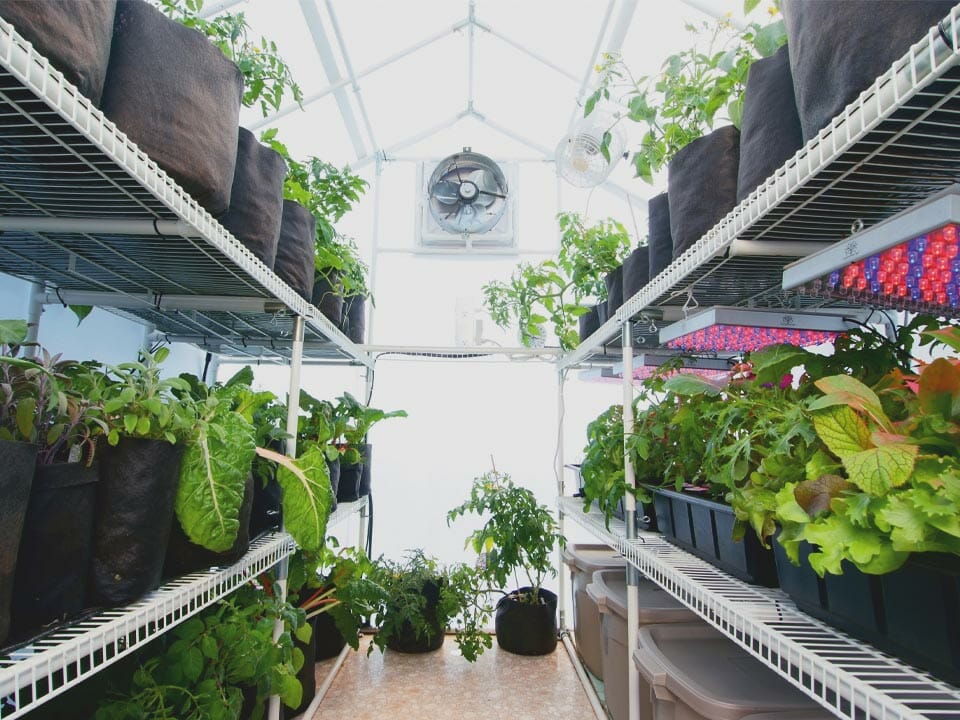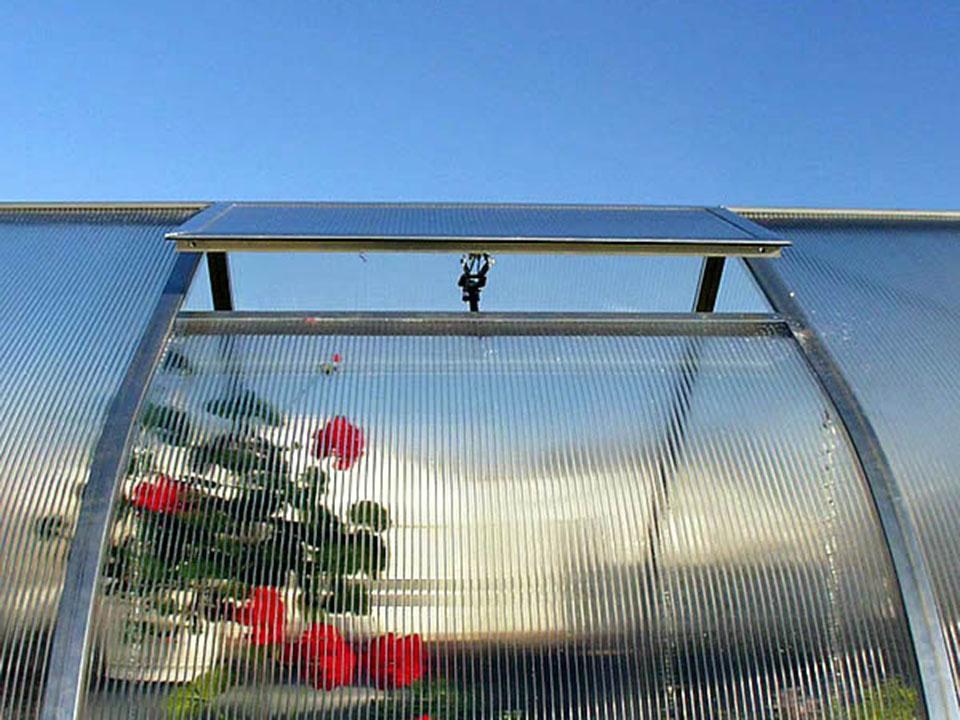Understanding how to make money with a greenhouse is not just about growing plants; it’s about cultivating a business model that thrives on innovation, quality, and strategic planning.
In this guide, we’ll walk you through the essential steps to transform your greenhouse into a source of income. From selecting the right type of greenhouse and deciding between heated or unheated options to choosing profitable plants and mastering the art of the sale, we’ve got you covered.
With a sprinkle of dedication and a dash of green thumb expertise, your greenhouse can become more than just a hobby—it can be your next big business breakthrough.
How to Make Money with a Greenhouse
Decide On What Type Of Greenhouse You Want
When starting a greenhouse business, the first critical decision is the type of greenhouse that aligns with your goals.
The choice between different greenhouse structures is influenced by several factors, including your local climate, available space, budget, and the specific plants you aim to grow. You also need to ensure that you have the necessary permit for greenhouse.
Polycarbonate Greenhouses
These greenhouses are known for their strength, longevity, and better insulation properties compared to traditional glass. Polycarbonate panels are lightweight, resistant to breakage, and can retain heat more efficiently, making them an excellent choice for gardeners in most climates.
They are particularly beneficial in areas with unpredictable weather, providing a stable environment for a wide range of plants.

Glass Greenhouses
The classic charm of glass greenhouses is unmatched. They offer superior clarity for maximum sunlight exposure and can significantly enhance the aesthetic appeal of your garden space. However, they tend to be more expensive, both in initial setup and maintenance.
Glass is also more fragile, requiring careful handling and potentially more frequent repairs. This option might be more suitable for enthusiasts who prioritize appearance and have the resources for upkeep.
Whatever you decide, it’s worth looking into standard commercial greenhouse sizes so that you have enough room for all your profit-making plants. Commercial greenhouses will often be larger than greenhouse size for family.
Decide If You Want A Heated Or Unheated Greenhouse
Using A Heated Greenhouse
Heating your greenhouse allows for year-round plant growth, opening up the market for off-season and exotic plants that command higher prices. This setup is ideal for ambitious gardeners looking to maximize their greenhouse’s productivity.
It’s essential to consider the types of heating systems available, such as electric heaters, gas heaters, or solar-powered solutions, and their associated costs. While a heated greenhouse offers more opportunities, ensuring that the potential income outweighs the operational costs is vital.
Using An Unheated Greenhouse
Operating an unheated greenhouse still offers considerable profit potential, especially when focusing on seasonal crops and plants that can thrive in your natural climate.
This approach requires less investment in infrastructure and energy, making it a more accessible option for many. By leveraging the natural seasonal cycles and selecting plants adapted to your environment, you can still achieve a successful and profitable operation.

It’s all about working with nature to maximize the efficiency and productivity of your greenhouse.
Decide On A Business Model
Crafting the right business model is crucial for the success of your greenhouse operation. This involves identifying the most suitable sales channels and customer base for your products. Here are some avenues you might consider:
- Direct To Consumer: Selling directly to consumers offers the advantage of higher profit margins. This can be achieved through various platforms, including farmers’ markets, where you can interact directly with customers, and online marketplaces, where digital marketing can extend your reach beyond local boundaries.
Creating a website or utilizing social media platforms can also be effective strategies to connect with a broader audience.
- Wholesale To Businesses: Partnering with local businesses such as restaurants, cafes, and florists can provide a steady demand for your produce.
This model might involve lower prices per unit but can offer consistent volume sales. Establishing relationships with business owners who prioritize quality and locally sourced products can be mutually beneficial.
- Specialty Niches: Focusing on niche markets, like organic, non-GMO, or heirloom varieties, can attract customers willing to pay a premium for unique or high-quality products.
This approach often requires more specialized knowledge and marketing but can lead to higher profit margins and customer loyalty.
Plants For Making Money
Choosing the right plants is crucial for a profitable greenhouse. High-demand, low-supply crops can command premium prices.
Exotic herbs, specialty vegetables, and ornamental plants are just a few examples. Additionally, consider growing plants for specific markets, such as culinary herbs for restaurants or flowering plants for local florists.

When selecting plants, we recommend that you consider the following factors:
- Market Demand: Research local and broader market trends to identify high-demand plants. This might include organic vegetables, medicinal herbs, or rare ornamental plants that are not readily available in your area.
- Growth Cycle And Yield: Opt for plants with shorter growth cycles and high yield potential to maximize your greenhouse space and turnover rate. Fast-growing leafy greens, for example, can be harvested multiple times per season.
- Value-Added Products: Think beyond raw produce. Plants that can be transformed into value-added products, such as herbal teas, spices, or natural cosmetics, can significantly increase your revenue potential.
Make Sure To Diversify Your Crop Selection
To maximize the profitability of your greenhouse, consider diversifying your crop selection. This doesn’t just mean growing a variety of plants but also includes experimenting with different strains or varieties of the same plant to cater to various market demands and preferences.
Diversification can also help mitigate risk, as the failure of one crop won’t drastically impact your overall revenue. For instance, alongside staple crops, you could introduce exotic or gourmet varieties that command higher prices.
Seasonal rotations and intercropping can also optimize space and resources, ensuring continuous production and income.

Quality Control
Maintaining high-quality produce is non-negotiable. Invest in quality seeds and adopt best practices in plant care to ensure your plants are healthy, vibrant, and market-ready.
Regular monitoring and maintenance can prevent pests and diseases, ensuring your crops are of the highest standard.
Implement Advanced Technology
Incorporating advanced technology into your greenhouse operations can significantly enhance efficiency and productivity. Automated systems for irrigation, ventilation, and temperature control can save time and reduce labor costs while ensuring optimal growing conditions for your plants.

Hydroponic or aquaponic systems can also increase yield per square foot compared to traditional soil-based methods.
Investing in data-driven technologies, such as sensors that monitor soil moisture, nutrient levels, and environmental conditions, can provide valuable insights for fine-tuning your operations and improving plant health and yield.
Many of our greenhouse kits come with things like automated vents. We also offer a range of greenhouse accessories to meet all your irrigation or heating needs.
Monitor Expenses
Keeping a close eye on your expenses is essential for turning a profit. From heating costs to water usage and plant care supplies, every penny counts. Implementing cost-effective measures, such as energy-efficient heating systems and water-saving irrigation techniques, can help maximize your earnings.
Selling Your Plants
When it comes to selling your plants, presentation and marketing are key. Utilize online platforms, local farmers’ markets, and community events to showcase your produce.
Building relationships with local businesses and customers can also open up new sales channels. Remember, a satisfied customer is likely to return and spread the word about your quality plants.
How to Make Money with a Greenhouse (FAQs)
Can I make a full-time income from a greenhouse?
Yes, it’s possible to make a full-time income from a greenhouse, especially if you optimize your space, select high-value crops, and effectively market your products. Success depends on your business model, the scale of your operation, and your marketing efforts.
How can I extend the growing season in an unheated greenhouse?
To extend the growing season in an unheated greenhouse, you can use row covers, cold frames inside the greenhouse, or choose cold-tolerant plant varieties. Additionally, utilizing thermal mass, like water barrels, can help retain heat during cooler nights.

How do I choose the right location for my greenhouse?
The ideal location for a greenhouse is a spot that receives ample sunlight, has good drainage and is protected from strong winds. Proximity to your target market and ease of access for customers and deliveries are also important factors to consider.
























